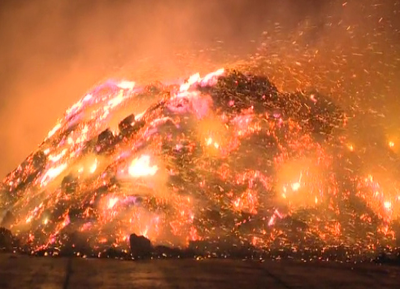
Overview
Students will be introduced to calorimetry via a simulation. The simulation will guide them through choosing an appropriate material for the calorimeter in order to prevent heat loss to the environment and will also show students what occurs on a microscopic level inside the calorimeter itself.
After students understand the heat that is transferred inside the calorimeter, they will be shown how to calculate the heat absorbed by or transferred from the water in the calorimeter using the formula:
qsolution = msolution • Cs solution • ∆T
Underlying Pages
-
0. Student Directions -
Preview as Student
-
1. An Introduction to Calorimetry -
Preview as Student
-
2. Exploring the Simulation -
Preview as Student
-
3. Change in Enthalpy (∆H) -
Preview as Student
-
4. Determine Endothermic or Exothermic through Change in Enthalpy (∆H) -
Preview as Student
-
5. Experimenting With Container Materials -
Preview as Student
-
6. The Ideal Material for a Calorimeter -
Preview as Student
Standards
Next Generation Science Standards
- Physical Science
Computational Thinking in STEM
- Data Practices
- Modeling and Simulation Practices
- Systems Thinking Practices
